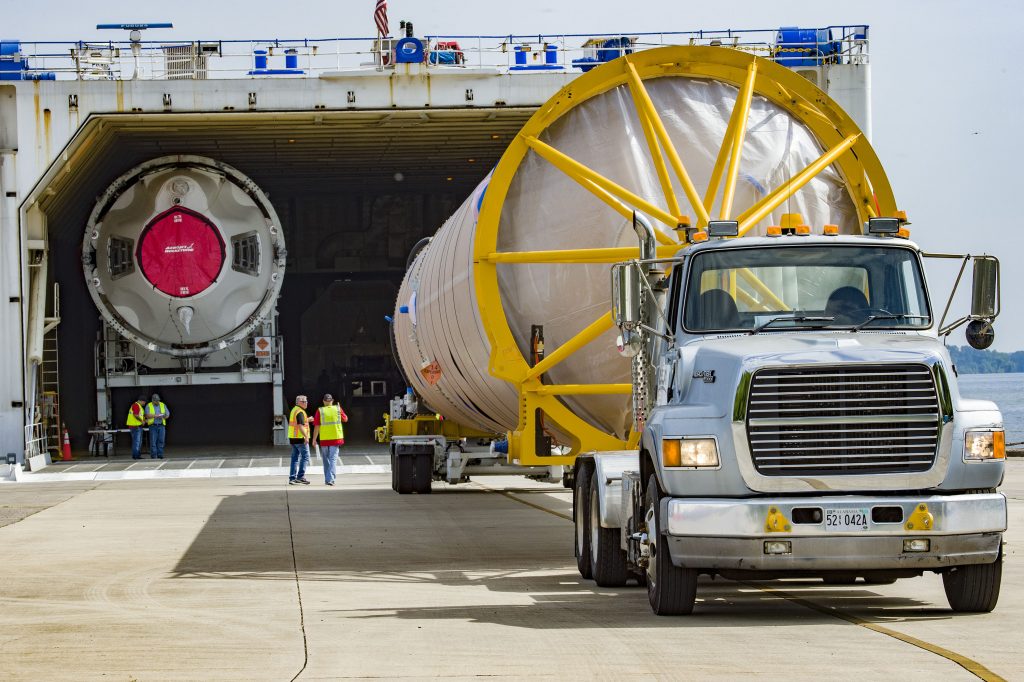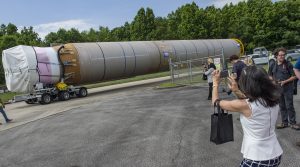
NASA and Boeing have decided to postpone the launch of Orbital Flight Test-2 to the International Space Station as teams continue work on the CST-100 Starliner propulsion system.
Engineering teams have been working to restore functionality to several valves in the Starliner propulsion system from inside United Launch Alliance’s Vertical Integration Facility that did not open as designed during the launch countdown for the Aug. 3 launch attempt. The valves connect to thrusters that enable abort and in-orbit maneuvering.
“We made a lot of progress to open the valves from inside the Vertical Integration Facility, and the NASA-Boeing teams did a great job doing everything we could to get ready for this launch opportunity,” said Kathryn Lueders, associate administrator for NASA’s Human Exploration and Operations Mission Directorate. “Although we wanted to see Starliner fly in this window, it’s critical that our primary focus is the safety of the crew transportation system – for the safety of the space station and the crew members that will be flying on these vehicles. We’ll only fly this test when we think we are ready, and can complete the mission objectives.”
Inside the VIF, Boeing was able to prompt nine of 13 valves open that previously were in the closed position using commanding, mechanical, electrical and thermal techniques. Teams will now begin the process to move Starliner back to Boeing’s Commercial Crew and Cargo Processing Facility in Florida for deeper-level troubleshooting of four propulsion system valves that remain closed and more detailed analysis on the spacecraft.
“Mission success in human spaceflight depends on thousands of factors coming together at the right time,” said John Vollmer, vice president and program manager, Boeing’s Commercial Crew Program. “We’ll continue to work the issue from the Starliner factory and have decided to stand down for this launch window to make way for other national priority missions.”
NASA, Boeing and ULA will establish a new launch date once the issue is resolved.


